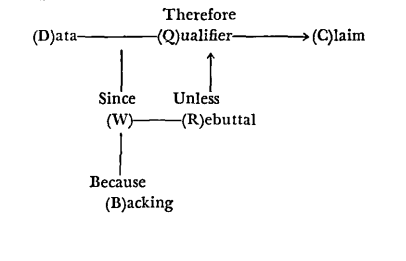
A good friend of mine who recently completed her doctoral dissertation asked me recently in a quick one-on-one consultation how she could go about converting her doctoral dissertation into articles.
I suggested a process that I will share now. 🧵
I suggested a process that I will share now. 🧵
Though a number of doctoral candidates are required by their programs to publish articles out of their dissertation or to build it as a series of articles, others ask for more of a book-manuscript-style thesis.
Regardless, I always ask my students to think of their dissertations as packages of three (see my Dissertation Analytical Table, DAT model).
I assume that most PhD dissertations will have three contributions (theoretical, empirical, or both types).
raulpacheco.org/2019/09/the-di…
I assume that most PhD dissertations will have three contributions (theoretical, empirical, or both types).
raulpacheco.org/2019/09/the-di…
My own doctoral students write their dissertations as a series of three stand-alone-but-interconnected papers that can be converted into journal articles, either during their graduate program, or afterwards. They follow my DAT model to craft their written outputs.
So let's assume we have a doctoral dissertation with three original contributions. What I suggested is to think of each as a journal article that they can submit, as I suggest in this post (where I link to others' resources on converting articles).
raulpacheco.org/2018/09/writin…
raulpacheco.org/2018/09/writin…
Now, let's be real: it's December 4th, we all need a break, and it would be a good idea to use these three journal articles as the backbone to plan a year worth's of work. Wendy Belcher's #12WeeksArticle book offers a step-by-step process for writing a paper/revising in 12 weeks.
What I suggested was to follow Belcher's approach (assign 12 weeks to revising or rewriting a paper). Belcher's #12WeeksArticle book's 2nd edition focuses on writing a paper from scratch in 12 weeks. The first edition focuses on revising in 12 weeks. You can choose either model.
So that means that if we consider 12 weeks for revising each journal article with a good holiday in December, you can start with the first article by say, January 15th 2023 and use 12 weeks for each (and a week's rest in between).
This means that by the end of October of 2023 you may have submitted 3 papers to be peer reviewed and published as journal articles (including 3 weeks where you take a break). This, to me, seems like a fantastic level of productivity.
Now, let's be realistic: this is a one year plan for getting three journal articles out. What happened to me a few years back was that I got THREE revise-and-resubmits within the same year, and it was next to impossible to convert them all. So you need to account for this.
This means that a more realistic process would probably require thinking in a two-year framework.
How to consider the R&R process in your yearly planning? I suggest implementing backcasting techniques: reverse-plan based on the R&R deadlines raulpacheco.org/2021/02/tackli…
How to consider the R&R process in your yearly planning? I suggest implementing backcasting techniques: reverse-plan based on the R&R deadlines raulpacheco.org/2021/02/tackli…
You can adapt my yearly planning process to a two-year plan (3 articles, R&R, AND personal rest) using backcasting techniques. Don't forget to insert everything (course planning, teaching, grading, personal life matters, reading theses, etc.)
</end thread>
raulpacheco.org/2016/12/my-yea…
</end thread>
raulpacheco.org/2016/12/my-yea…
• • •
Missing some Tweet in this thread? You can try to
force a refresh










